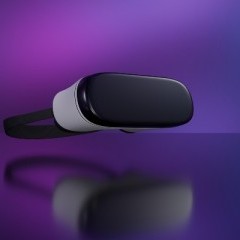VR therapy mitigates pain for hospitalized cancer patients
- Virtual reality (VR) provided significantly more pain relief to hospitalized cancer patients than a two-dimensional guided imagery experience, according to a new study. Published in Cancer, the American Cancer Society (ACS) journal, the study assessed whether VR can alleviate acute and chronic pain among hospitalized cancer patients. According to...

